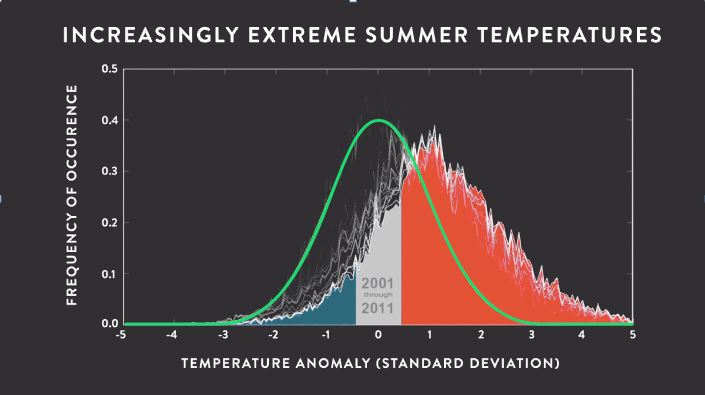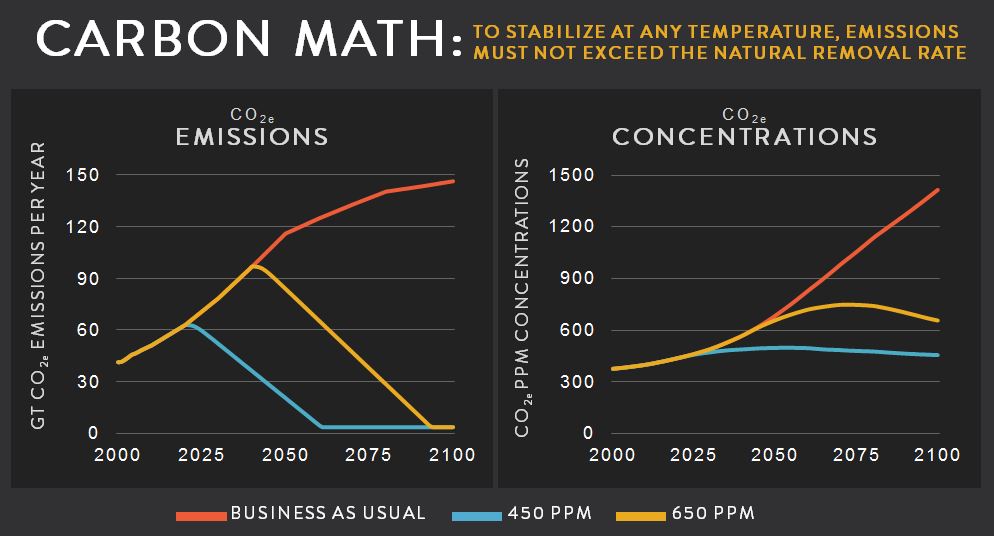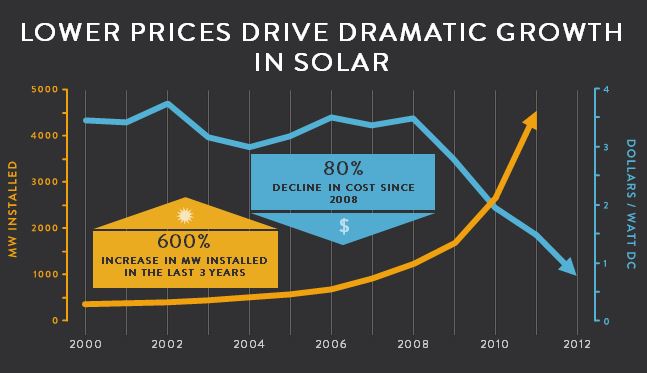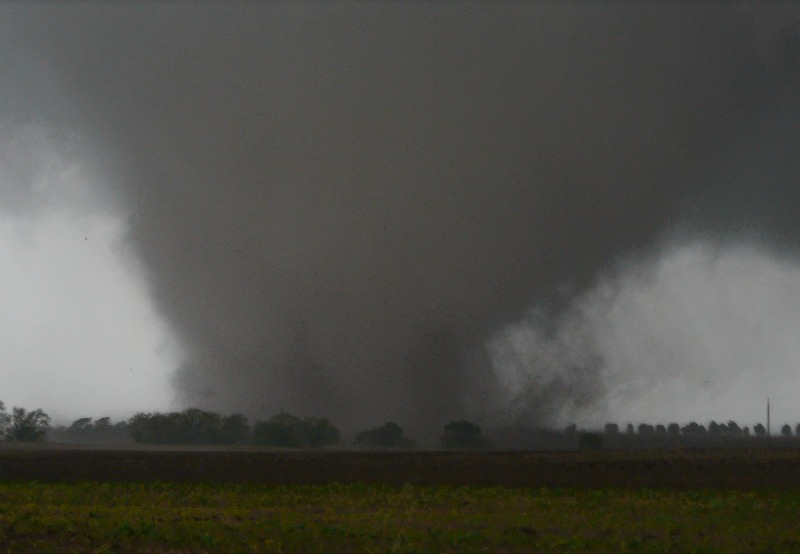
Can Society Win the Race Against Climate Change? (Op-Ed)
Hal Harvey is the CEO of Energy Innovation: Policy and Technology, an energy and environmental policy consulting firm. He contributed this article to LiveScience's Expert Voices: Op-Ed & Insights.
People often ask me whether or not there is hope for winning the race against climate change. It's a difficult question, especially if one keeps up with climate science — it is a sobering exercise to track our climate trajectory.
Three elements are especially frightening. The first has to do with how climate change manifests itself. Climate modelers always talk about "global average temperature rise," because that's the scientific norm they use to keep track of climate change. But it turns out that weather extremes may really be what matters. It's the 100-year drought coming every 10 years; the floods that, at times, cover more than half of countries like Thailand or Bangladesh; the threats to more than a billion people from rising oceans; the anticipated decline in food-crop yields in Africa. These are non-linear phenomena — their impact is not straightforward to predict — and a quick study of how average temperatures change shows that the extremes go crazy. Indeed, the extremes become the norm.

The second element is that manmade climate change unleashes new natural-system reactions that accelerate the process. One particularly worrisome example is the large quantity of frozen methane embedded in tundra in northern climes, including in Canada, Alaska and Russia. As the tundra thaws (and the Arctic is warming three times faster than the rest of the world), it will release vast amounts of methane, which is an extremely potent greenhouse gas. Thus, humanity's actions are triggering natural systems that amplify climate damage.
Finally, the mathematics underlying the carbon cycle have an unyielding character — emissions today persist as concentrations for hundreds, even thousands, of years. It's actually harder, under most plausible pathways, to stabilize carbon dioxide concentrations at 650 ppm (an extremely dangerous carbon dioxide concentration) than if society acts earlier and stabilizes concentrations at 450 ppm. The reason: Carbon is cumulative in the atmosphere, and to stabilize concentrationsat any number means that annual emissions must go to near zero. And it is easier to get to zero from a relatively low number than from a higher number — simple math.

What about natural gas — can it save the day? I would argue that natural gas can be a bridge fuel, but only if it is developed with low levels of leakage. If natural gas leaks at even a 3 percent rate, it is as bad for the climate as coal. The other condition for natural gas is that it should not be used to displace renewable energy or efficiency — if gas displaces zero-carbon energy resources, it is obviously bad for the environment. Thus, to make natural gas beneficial for climate change, it needs both environmental regulation to sharply limit methane leaks and utility rules that ensure it displaces coal, not clean power options.
Against all of that, where's the hope? Well, to beat a runaway threat, you need a runaway force for good. Fortunately, there is a spectacular boom in both efficiency technologies and renewable-energy technologies.
Sign up for the Live Science daily newsletter now
Get the world’s most fascinating discoveries delivered straight to your inbox.

Solar prices have dropped by 80 percent in the last decade, and wind by half. Several nations have installed vast amounts of renewable energy in just a few years, and now get a quarter or more of their electricity from clean sources. At the same time, energy demand has peaked and is declining in many countries.
[In Images: Extreme Weather Around the World ]
If we accelerate such trends in clean energy and energy efficiency, it is possible to land at a reasonable climate future. But, as the carbon math I described shows, a delay of even a decade or two can preclude a reasonable future.
This leaves society with three big challenges. First, manage fossil fuels. There's no question nations need to phase out coal, and similarly no question that people have to use natural gas much more intelligently.
Second, energy efficiency needs to dramatically increase. The most economically developed European nations produce twice as many goods per unit of energy as does the United States, and the United States is in turn twice as efficient as China. The less energy people waste, the more of a chance society has of landing at a reasonable climate future.

Finally, we need to make sure that new, low-cost, renewable-energy sources, like solar and wind, are deployed widely and rapidly. At the end of the day, that requires rethinking the way the electric-utility system is structured, and then rewriting the rules governing utilities. These huge industries need to become agents for good.
So, as I think about climate change and policy solutions, I'm still an optimist. I think society can win this one, or at least land at a reasonable future. But if we waste time, we close reasonable options. So it's time to pick up the pace on clean energy — and that requires good policy.
The views expressed are those of the author and do not necessarily reflect the views of the publisher. This version of the article was originally published on Live Science.
The only sure thing about weather forecasts is that they’re wildly different all over the planet. Test your knowledge on the wild ranges in temperature, precipitation and more.
Extreme Weather Facts: Quiz Yourself










